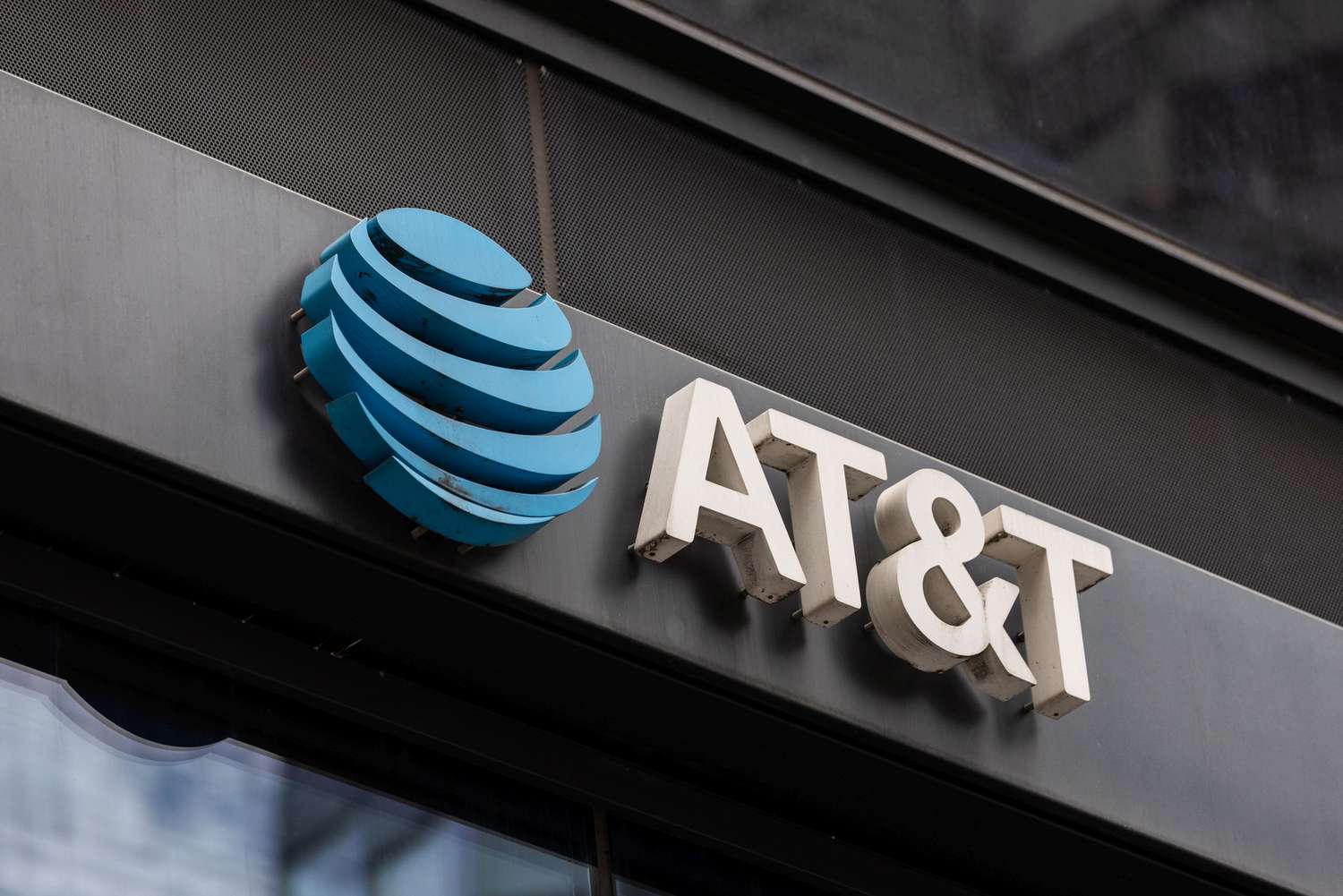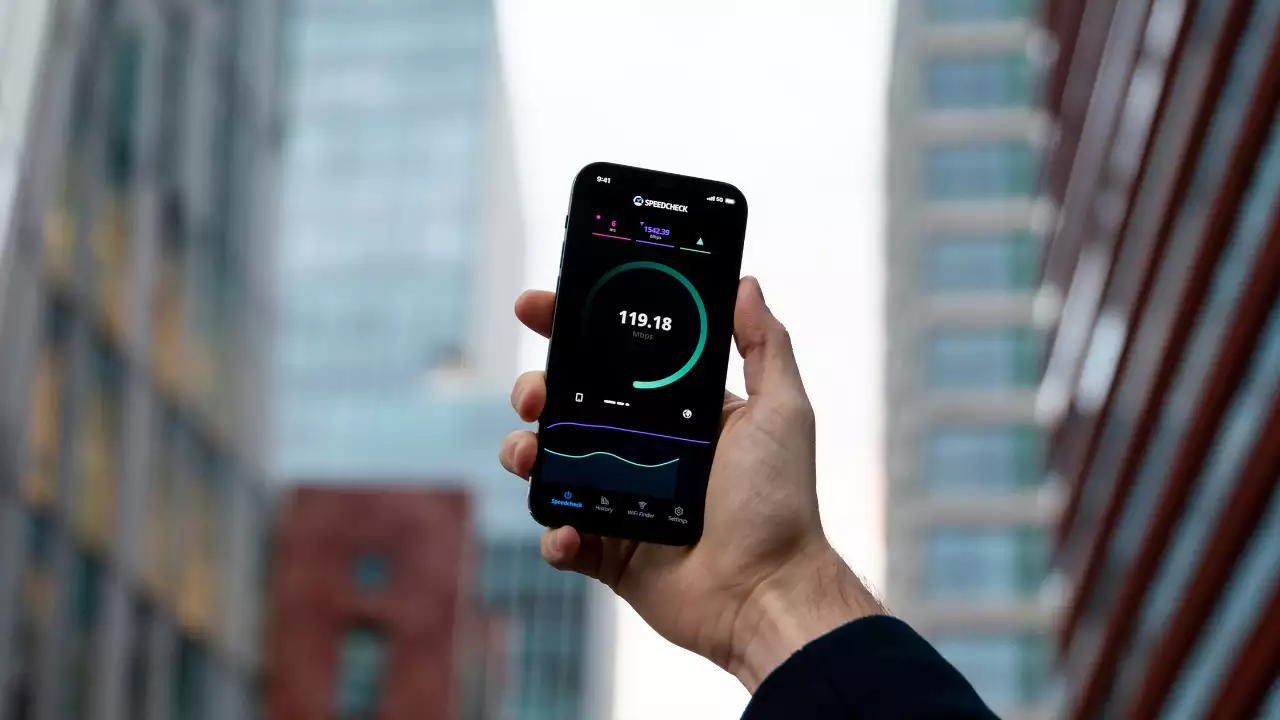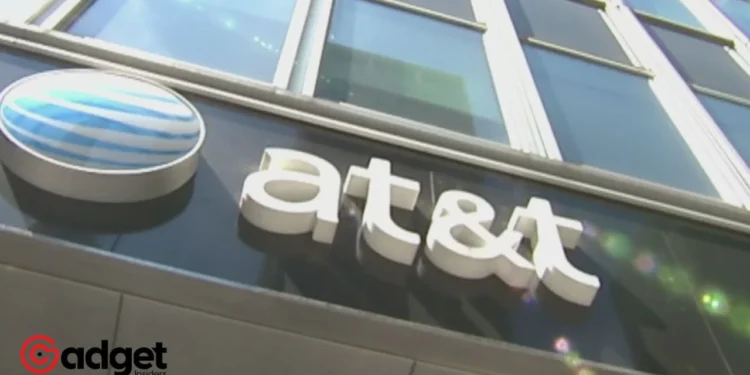In an era where connectivity is akin to oxygen, the recent AT&T outage has served as a stark reminder of our dependency on digital lifelines. This incident, one of the most significant cellular disruptions in recent memory, not only affected AT&T subscribers but also had ripple effects on Verizon and T-Mobile customers. Here’s a closer look at what happened, the impact it had, and the broader implications for the telecommunications industry.

The Early Hours: A Digital Silence
The outage saga began in the early hours, around 3:30 AM ET, with DownDetector—a website that tracks service interruptions—flagging an unusual spike in complaints from AT&T users. Reports of “no signal” and inability to access the internet started flooding in, with Atlanta, Dallas, and Houston emerging as the main hotspots.
This digital silence quickly caught the attention of thousands, highlighting our collective vulnerability in the face of network failures.
The Response of AT&T: Apologies and Assurances
AT&T’s initial response was slow, at least in the public eye, with no immediate acknowledgment on its homepage. However, the company soon began addressing customer concerns on social media and posting updates on its news site. By 5:10 PM ET, a statement was released: “We have restored wireless service to all our affected customers.
We sincerely apologize to them… and we are taking steps to ensure our customers do not experience this again in the future.”
I think I found the cause of the AT&T mobile phone network outage this morning! https://t.co/iAolwxu5rX
— Doc Kevin Lee Elder (@DocKevinElder) February 22, 2024
Despite this reassurance, AT&T remained tight-lipped about the cause of the outage and the measures it was taking to prevent future incidents. This lack of transparency has left room for speculation and raised questions about the resilience of our telecommunications infrastructure.
The Knock-on Effects: A Wider Disruption
While AT&T was the epicenter of the outage, the tremors were felt across the broader telecommunications landscape. Verizon and T-Mobile users experienced difficulties, primarily when trying to connect with AT&T subscribers, underscoring the interconnected nature of our modern communications networks.
This incident has highlighted the domino effect that can occur within our intertwined digital ecosystem, where a glitch in one network can cascade across others.
The Aftermath: Questions and Concerns
In the wake of the outage, the conversation has shifted towards prevention and accountability. How can major network providers safeguard against such widespread disruptions? What measures will AT&T implement to fortify its network? And importantly, will affected customers receive compensation for the inconvenience suffered?
Moreover, the incident has sparked a broader dialogue about the reliability of our digital infrastructure. In a world increasingly reliant on connectivity for everything from personal communication to critical services, the resilience of these networks is not just a convenience but a necessity.

The Takeaway: A Call for Resilience
The recent AT&T outage serves as a wake-up call for both providers and consumers. It highlights the need for robust, resilient telecommunications infrastructure capable of withstanding various challenges, from technical failures to natural disasters.
As we navigate this digital age, the onus is on network providers to not only address the immediate fallout of such incidents but also invest in long-term solutions that ensure connectivity remains uninterrupted, no matter the circumstances.
While AT&T has moved quickly to restore service and apologize to its customers, the incident leaves lingering questions about the future. How we answer these questions will define the reliability and resilience of our telecommunications networks for years to come.










